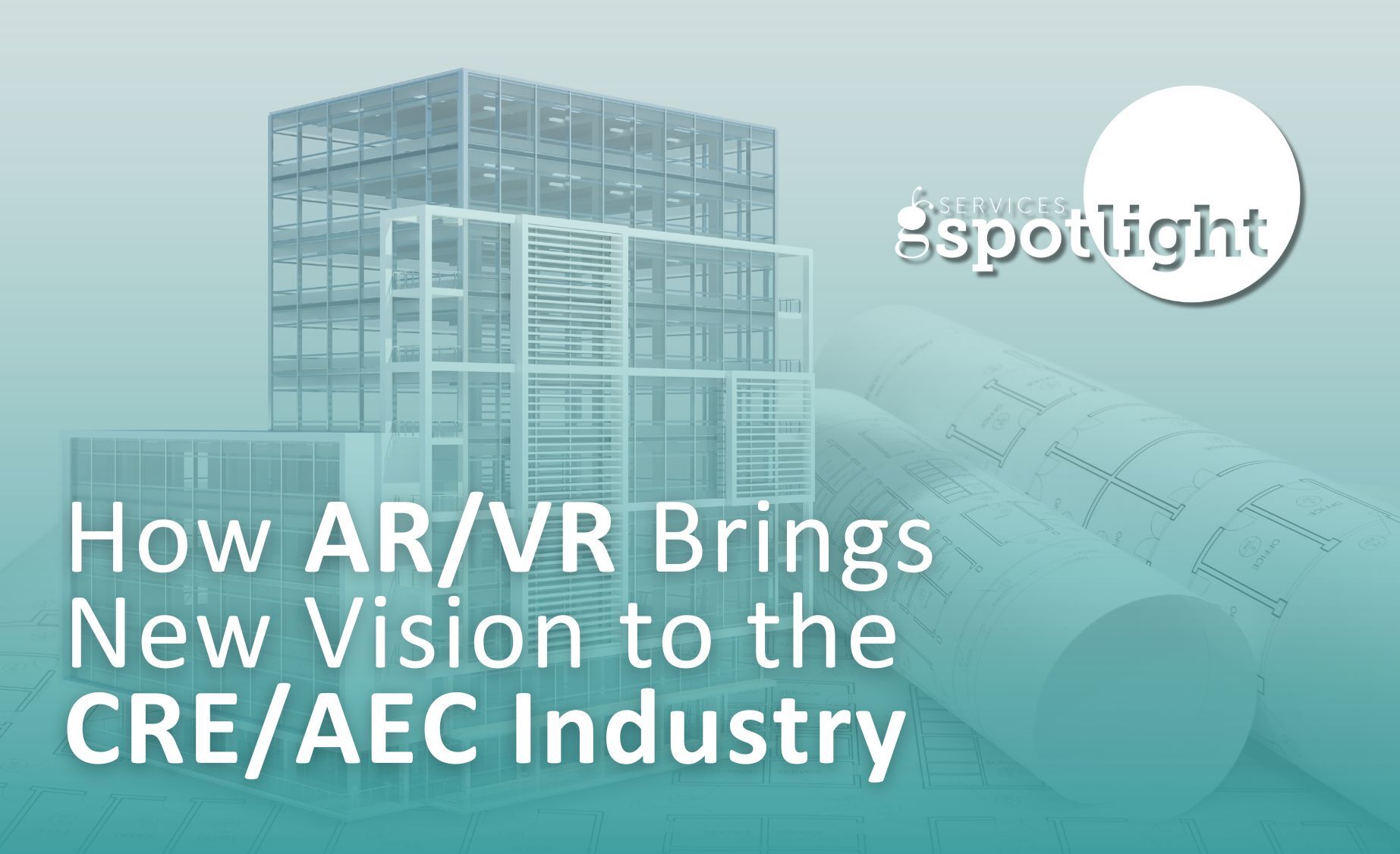Augmented Reality vs Virtual Reality
Augmented Reality (AR) merges the digital world with real-world elements, enabling users to control their presence within the environment. In our industry, AR offers advantages by facilitating individualized learning and constantly enhancing the efficiency of a wide range of applications, which can be easily shared over long distances. While AR enhances our vision by adding virtual elements to the real world, Virtual Reality (VR) creates a simulated environment that replaces our vision entirely. VR places users into a fabricated world, creating an immersive virtual environment that users can explore and interact with through new technology, such as VR headsets that can be used at a groundbreaking ceremony to help others envision what can be developed at that site.
Key Trends
There are several key trends to watch in the marketing, commercial real estate, and construction industries that utilize Augmented and Virtual Reality. All three industries have the ability to enable personalized experiences by using AR and VR to visualize architectural designs, create interior layouts, and see construction projects before they are completed. In addition, AR and VR can simulate scenarios enabling developers, architects, and potential investors to showcase the appearance of the final building product through a virtual walkthrough. AR platforms can collect data from building information and scan job sites, allowing you to use a tablet to gain a sense of scale, spatial understanding, and visualize the building’s appearance before construction even begins on-site. Furthermore, AR and VR can be integrated with data analytics to improve the decision-making process and increase cost-effectiveness. During a virtual walkthrough, users have the ability to visualize and access detailed information about pipes, electrical systems, and other infrastructure components through the walls. This feature can help cut costs in construction by reducing physical prototypes, minimizing materials required, and eliminating mistakes.
AR and VR Services
When it comes to finding an expert in AR and VR for your project, Small Giants takes the services a step further and offers architectural visualization, where 3D-rendered stills are masterfully used to bring clients’ designs to life; create Augmented Reality flythrough animations for site visits and office spaces; and provide an interactive experience in a 3D space. For instance, when an individual points a phone at a logo on a flier or a piece of paper, the label can come to life through AR technology. This innovative approach goes beyond traditional proposals and enables pursuits to showcase buildings and ideas in a more immersive and interactive manner. The Small Giants team practices the use of AR on maps or murals to showcase sites a company has worked on and provide updated experiences. With this technology, users can point their phones at the map or mural and see pinpoints that highlight the specific sites. Each pinpoint can trigger a unique AR experience, providing information and visuals related to the site.
Providing Services that Add to Brand Worth
Small Giants visual media specialist said, “Augmented and Virtual Reality reinforces that we are industry experts and it opens communication for design to elevate the experience that clients have with us, because design uses elements to leverage communication.” In addition, the Small Giants visual media producer emphasized the value of AR and VR as avenues for client collaboration and visualization of finished projects. “By utilizing these technologies, clients can gain an understanding of how the end product will look and feel within a given space and scale.” Furthermore, both team members mentioned that Small Giants is committed to ongoing innovation and growth within these services. By staying ahead of the curve, Small Giants aims to continuously enhance our AR and VR services, ensuring we remain at the forefront of the industry and provide cutting-edge solutions to our clients.


